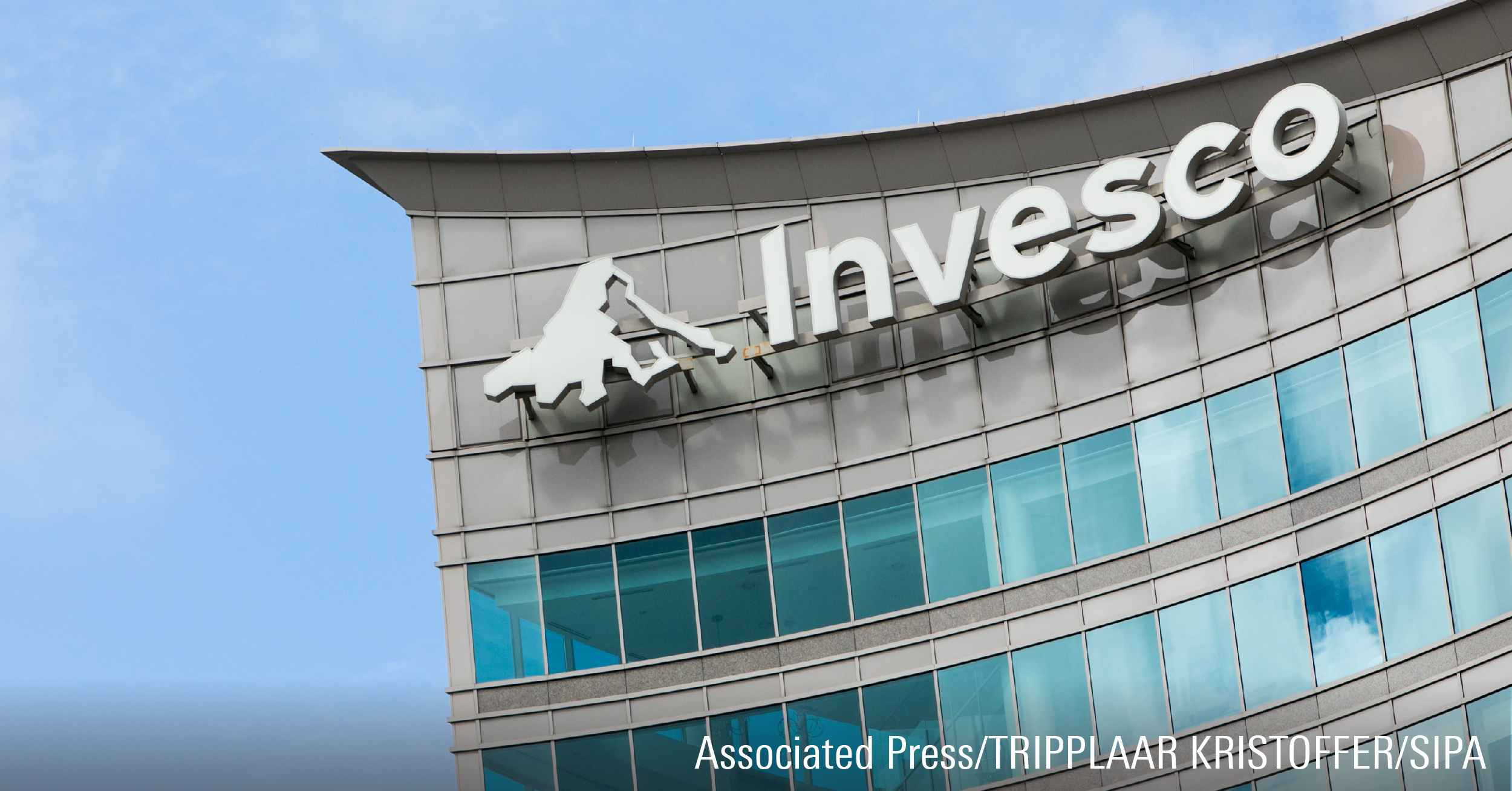Where Invesco S&P 500 Equal Weight ETF Falls Short
Its equal weighting cuts back on concentration risk but adds costs.

Key Morningstar Metrics for Invesco S&P 500 Equal Weight ETF
- Morningstar Medalist Rating: Neutral
- Process Pillar: Average
- People Pillar: Above Average
- Parent Pillar: Average
Invesco S&P 500 Equal Weight ETF RSP allocates equally among the S&P 500, cutting ties with the market’s relative weighting of each stock. Its portfolio tilts toward mid-cap stocks and requires significant turnover at each rebalance, increasing transaction costs and volatility that should drag on long-term performance.
The fund replicates the S&P 500 Equal Weight Index, which assigns an equal weight to all constituents of the S&P 500 on a quarterly basis. The index inherits the size, liquidity, and profitability screens of the S&P 500. Index inclusion is ultimately decided by a committee-based approach, which lacks transparency but adds flexibility to potentially reduce unnecessary changes during reconstitution.
The index systematically sells outperforming stocks and buys underperformers during its quarterly rebalancing. This pulls the portfolio toward smaller and cheaper stocks, taking a contrarian approach instead of letting winners ride. Quarterly rebalancing prevents constituent weights from running too far but results in higher turnover than its market-cap-weighted peers, albeit still lower than its average large-blend Morningstar Category peer.
Equal weighting has its advantages. It effectively diversifies stock-specific risk and can shield Invesco S&P 500 Equal Weight from the market’s frenzied episodes by limiting exposure to richly valued names and sectors, which can be a disadvantage of market-cap-weighting. This provides an edge when smaller and cheaper stocks outperform, although smaller stocks tend to be more volatile than larger, more established ones.
Tilting toward the S&P 500′s smallest holdings courts a significant amount of risk. As a result, this fund may deliver bouts of outperformance, but it’s unlikely to consistently deliver better risk-adjusted returns than its category benchmark, the Russell 1000 Index, over the long term.
Invesco S&P 500 Equal Weight ETF: Performance Highlights
Invesco S&P 500 Equal Weight ETF’s performance pattern resembles that of a mid-cap fund because of its weighting scheme. Since the exchange-traded fund’s 2003 inception through August 2024, it led the Russell 1000 by 4 basis points annualized, albeit with more risk. It held the advantage for most of its life until large-cap stocks’ dominance brought lifetime performance nearly in line.
The fund should outperform when smaller and cheaper stocks outperform larger, richly valued firms. During the 2022 market drawdown, value stocks held up well and Invesco S&P 500 Equal Weight ETF outperformed the Russell 1000 Index by 7.5 percentage points. Similarly, the fund outperformed its category index in 2021 when smaller companies rallied.
In contrast, the fund lagged the Russell 1000 Index by 23 percentage points from the start of 2023 through August 2024 when large technology stocks led the market. Expect Invesco S&P 500 Equal Weight ETF to underperform during large-growth-driven rallies.
The author or authors do not own shares in any securities mentioned in this article. Find out about Morningstar’s editorial policies.

/s3.amazonaws.com/arc-authors/morningstar/0fa19b38-60f6-4a0f-9e06-9869d9c57d52.jpg)

/d10o6nnig0wrdw.cloudfront.net/09-24-2024/t_c34615412a994d3494385dd68d74e4aa_name_file_960x540_1600_v4_.jpg)
/cloudfront-us-east-1.images.arcpublishing.com/morningstar/T2LGZCEHBZBJJPPKHO7Y4EEKSM.png)
:quality(80)/s3.amazonaws.com/arc-authors/morningstar/0fa19b38-60f6-4a0f-9e06-9869d9c57d52.jpg)